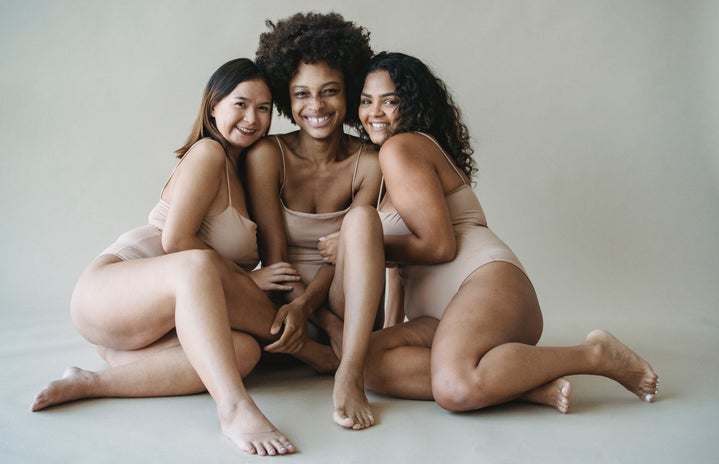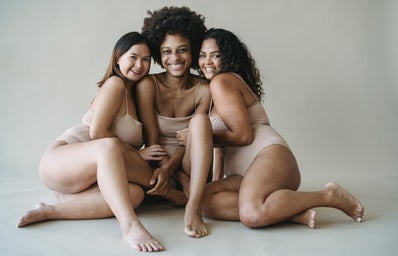In a world where appearances are so socially important, it’s hard to live with dermatological conditions. Even though it is a common disorder, having vitiligo still imposes challenges.
June 25th is the “World Vitiligo Day” and this year, the theme is: “Children, Research and Hope for the Future.” This “thematic” day is really important to empower people with the condition and also helps to spread awareness and normalize it.
- History of World Vitiligo Day
-
This worldwide initiative was conceived in honor of the king of pop, Michael Jackson, who also had this dermatological condition – which explains the lightening of his skin over the years, as he claimed to use cosmetics that evened out his skin tone – and, in his memory, the date chosen was the anniversary of his death.
- What is vitiligo?
-
Vitiligo is an autoimmune dermatological disease. That means that the immune system attacks the body itself. In this case, it occurs when the pigmentation cells die or stop functioning and that causes the loss of skin color in blotches, premature whitening or graying of the hair on your scalp, eyebrows, eyelashes or beard and loss of or change in the color of the inner layer of the eyeball. It is also a common disease that affects around 1% to 3% of the population.
- What is like to live with it?
-
“The disease is more common than we think.”
Viviane Carlin is a 47-year-old forensic expert and has lived with this condition since she was 38: “It all started with some white spots on my face, in a place near my mouth, and when I went to the dermatologist he confirmed the diagnosis.”
She says that her skin has a very light tone, so the spots are less noticeable: “Vitiligo is complicated. But for me, who has very light skin, living with this condition is not as difficult as I imagine it is for people who have darker skin tones, due to the bigger contrast with depigmentation.“
Viviane has tried treatment methods, but all without success. She says she accepted her spots and redoubled her sun care, using sunscreen with the greatest protection factors, in addition to always seeing her dermatologist.
In respect of representativeness, the forensic expert says she loves to see the disease portrayed in the media, with models and actresses, for example, and adds that talking about World Vitiligo Day is a big step that increases the confidence and self-esteem of victims of vitiligo.
- Representation in media
-
With nearly 9 million Instagram followers, Winnie Harlow is currently one of the most influential and highly paid models in the world. She has vitiligo and serves as a representative figure for many women who have the same condition and in debates about breaking standards of beauty.
In the fashion world, standards and stereotypes of beauty have been deconstructed, little by little, and, by degrees, on and off the catwalk. Although there is still a long way down, the new days bring to the fore real models and highlight genuine beauty and media representation is an important point in this movement.
————————————————————-
The article above was edited by Julia Queiroz.
Liked this type of content? Check Her Campus Casper Libero for more!

